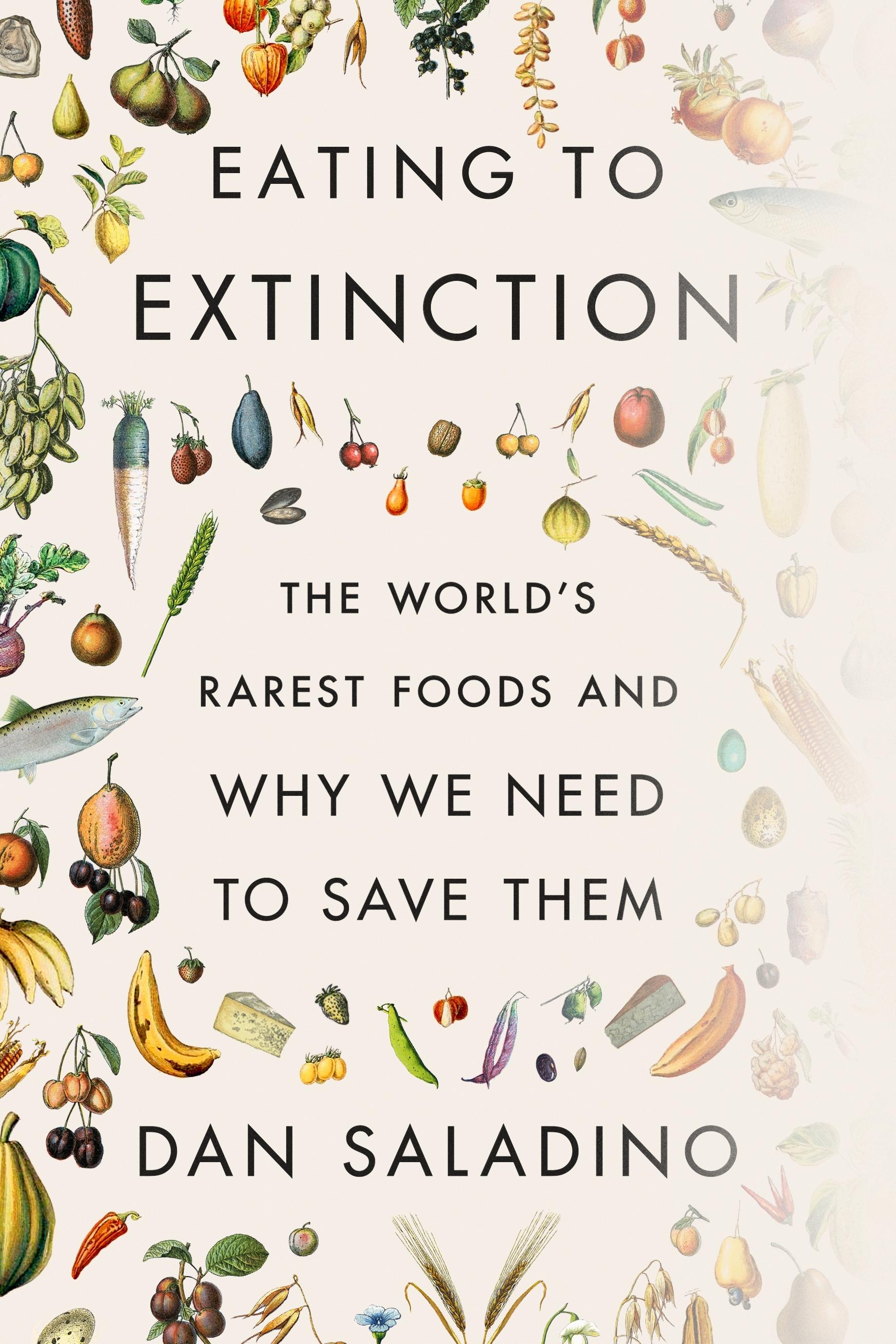‘Eating to Extinction’ author rallies for a more diverse global food system
Wander the aisles of any Western big city supermarket and it may seem like anything is possible. Strawberries in February, five flavors of yogurt from Iceland, chocolates from Belgium, Switzerland and Uganda.
The food supply for some appears vast, diverse, almost limitless. But author Dan Saladino says this is an illusion.
His new book, “Eating to Extinction: The World’s Rarest Foods and Why We Need to Save Them,” is chock-full of stories about the dwindling diversity within the world’s food systems. He writes that humans once consumed 6,000 different plants, but that now, rice, wheat and corn make up half the calories of a typical diet.
“In Victorian England, it was possible to eat an apple a day for four years without eating the same variety. And people were writing about apples at that time as if they were wines.”
“In Victorian England,” Saladino explained, “it was possible to eat an apple a day for four years without eating the same variety. And people were writing about apples at that time as if they were wines.”
That’s no longer the case.
Saladino also points to eastern Turkey, where some farmers still grow emmer wheat that was domesticated about 10,000 years ago. This traditional variety was nearly replaced by high-yielding, faster-growing and more uniform types of wheat.
Related: Massive sinkholes appear in farmers’ fields in central Turkey due to climate change and drought
“We’ve lost that diversity and genetic resource that has given the food system for thousands of years resilience because these locally adapted wheats have traits such as disease resistance, drought tolerance, and I think people are waking up now to the idea of biodiversity.”
“We’ve lost that diversity and genetic resource that has given the food system for thousands of years resilience because these locally adapted wheats have traits such as disease resistance, drought tolerance, and I think people are waking up now to the idea of biodiversity. What I’m talking about is agrobiodiversity — diversity within the food system.”
The same can be said for bananas. There are 1,400 banana varities in the world, but the Cavendish banana is the most widely traded type out there because it’s easier to grow and transport. When a fungal disease recently hit the Cavendish banana and started to spread around the world, it devastated farmers’ livelihoods, Saladino said.
Related: This Ghanaian chef quit his job to fight hunger in vulnerable African communities
“It’s almost as if we pushed the system to its limits,” Saladino said.
From seeds to beer to cheese, the world’s diversity of food varieties have shrunk over time, with the decline of small-scale farming and locally focused food networks.
But the news is not all doom and gloom.
“We know our food system needs to change. We will not be able to remain on target in terms of emissions and climate unless the way we produce food changes.”
“We can change the global food system. … We know our food system needs to change. We will not be able to remain on target in terms of emissions and climate unless the way we produce food changes. And there are many powerful levers and mechanisms at the world’s disposal,” Saladino said.
Related: Move over, meat! Plant-based alternatives in China are booming.
Those billions of dollars spent each year to subsidize particular food systems “could be put to use to bring diversity back into the system and create ways of producing food in more or greater harmony with nature.”
Listen to the full interview by clicking the audio player above.
